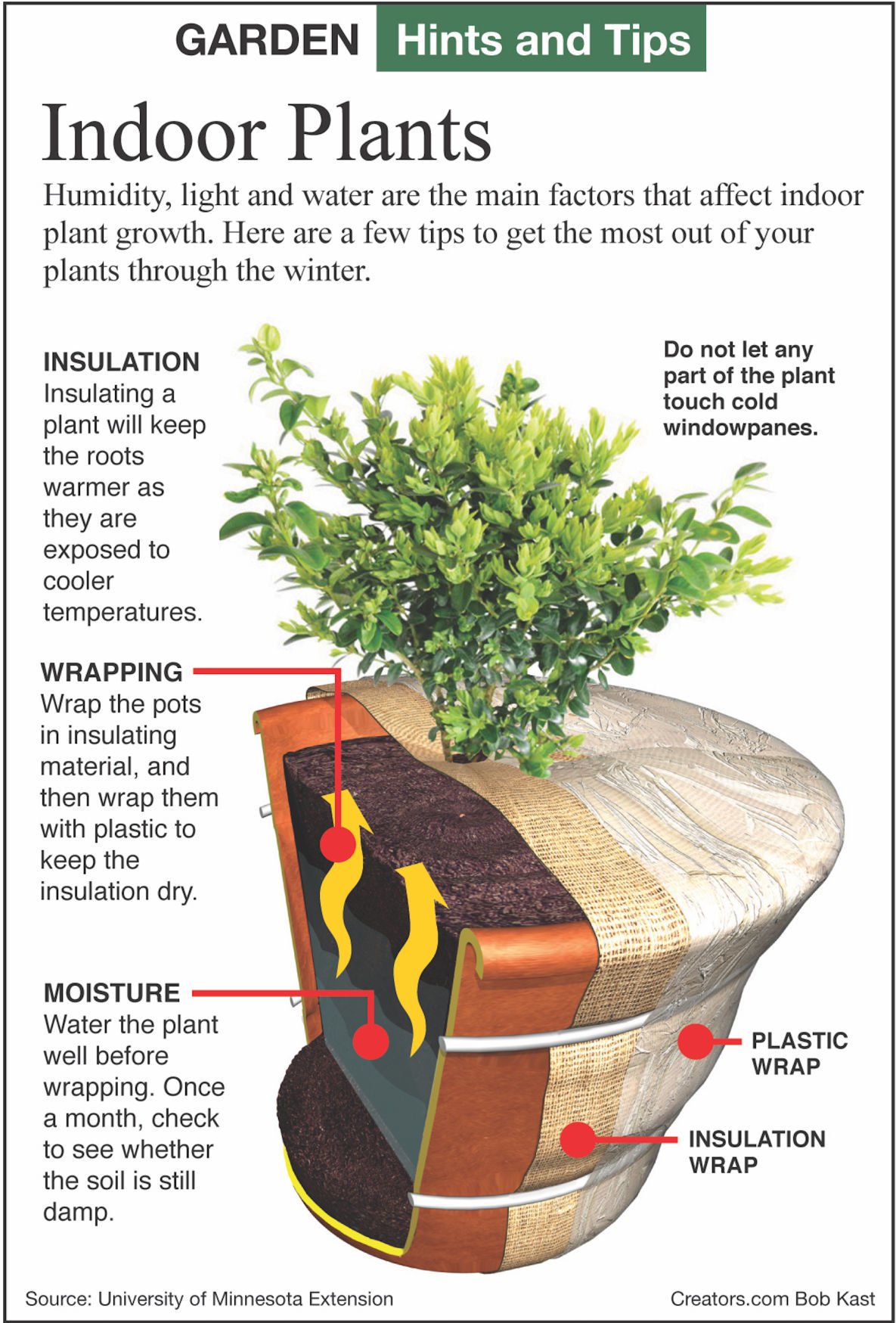How to Insulate Plants for Winter Survival: A Comprehensive Guide

As the crisp air of winter approaches, gardeners everywhere face a daunting challenge: how to protect their beloved plants from the harsh cold. Imagine your garden as a bustling city, with each plant a resident needing shelter from the impending storm. Just as we bundle up with coats and scarves, our plants need their own form of insulation to survive the winter. Let's dive into the world of winter gardening and explore the best plant insulation techniques to ensure your green friends thrive until spring.
Understanding Winter's Impact on Plants
Winter brings more than just cold temperatures; it introduces a host of challenges for plants, including frost, snow, and fluctuating temperatures. Frost, in particular, can be devastating, freezing the water within plant cells and causing them to burst. This is where frost protection becomes crucial.
Essential Plant Insulation Techniques
Mulching: The Blanket for Your Garden
Mulching is one of the simplest and most effective plant protection methods. Think of mulch as a cozy blanket for your plants. It insulates the soil, retains moisture, and regulates temperature. Organic materials like straw, pine needles, and shredded leaves are excellent choices. Apply a 2-3 inch layer around the base of your plants to create a protective barrier.
Row Covers: The Winter Coat
Row covers act like a winter coat for your plants. These lightweight, breathable fabrics can be draped over your garden beds to provide an extra layer of warmth. They allow sunlight and water to pass through while protecting against frost. Secure the edges with weights or stakes to prevent them from blowing away.
Cold Frames: The Mini Greenhouse
Cold frames are like mini greenhouses that provide a controlled environment for your plants. They are typically made of wood or plastic and have a transparent lid that lets in sunlight. Cold frames are perfect for protecting tender seedlings and extending the growing season.
Burlap Wraps: The Winter Scarf
For larger plants and shrubs, burlap wraps can be a lifesaver. Wrap the burlap around the plant, securing it with twine or stakes. This creates a barrier against cold winds and helps retain heat. Make sure to leave some space between the burlap and the plant to allow for air circulation.
Watering: The Hydration Station
Proper watering is crucial for winter gardening. Moist soil retains heat better than dry soil. Ensure your plants are well-hydrated before the first frost. However, avoid overwatering, as excess moisture can lead to root rot.
Choosing the Right Cold Weather Plants
Not all plants are created equal when it comes to cold hardiness. Some plants are naturally more resilient to cold temperatures. Evergreens, for example, have waxy leaves that help them retain moisture. Deciduous trees shed their leaves to conserve energy. Research the cold hardiness of your plants and choose varieties that are well-suited to your climate.
Additional Resources for Winter Gardening
For more in-depth information, check out these authoritative resources:
- The Old Farmer's Almanac: A treasure trove of gardening tips and tricks.
- The Royal Horticultural Society: Offers comprehensive guides on plant care and winter gardening.
- The University of Illinois Extension: Provides research-based advice for gardeners.

Conclusion: Embrace the Winter Garden
Winter gardening is more than just a chore; it's an opportunity to nurture and protect your plants through the harshest season. By understanding the impact of winter on your plants and implementing effective plant insulation techniques, you can ensure your garden thrives year-round. So, grab your gardening gloves and get ready to give your plants the winter survival kit they need.
FAQs
What is the best time to start insulating plants for winter?
- The best time to start insulating plants is before the first frost. This gives your plants a chance to acclimate to the colder temperatures gradually.
Can I use plastic sheeting to cover my plants?
- While plastic sheeting can provide some protection, it is not breathable and can trap moisture, leading to mold and rot. Row covers or burlap are better options.
How often should I water my plants in winter?
- Watering frequency depends on your climate and the type of plants. Generally, water your plants deeply before the first frost and then reduce watering significantly. Monitor the soil moisture to avoid overwatering.
What are some common cold-hardy plants?
- Some common cold-hardy plants include evergreens like spruce and pine, deciduous trees like maple and oak, and perennials like hostas and daylilies.
Can I use Christmas lights to keep my plants warm?
- While Christmas lights can provide a small amount of heat, they are not an effective method for plant insulation. Stick to proven techniques like mulching, row covers, and cold frames.

By following these guidelines and tips, you can transform your garden into a winter wonderland that not only survives but thrives. Happy winter gardening!
0 Response to "How to Insulate Plants for Winter Survival: A Comprehensive Guide"
Post a Comment